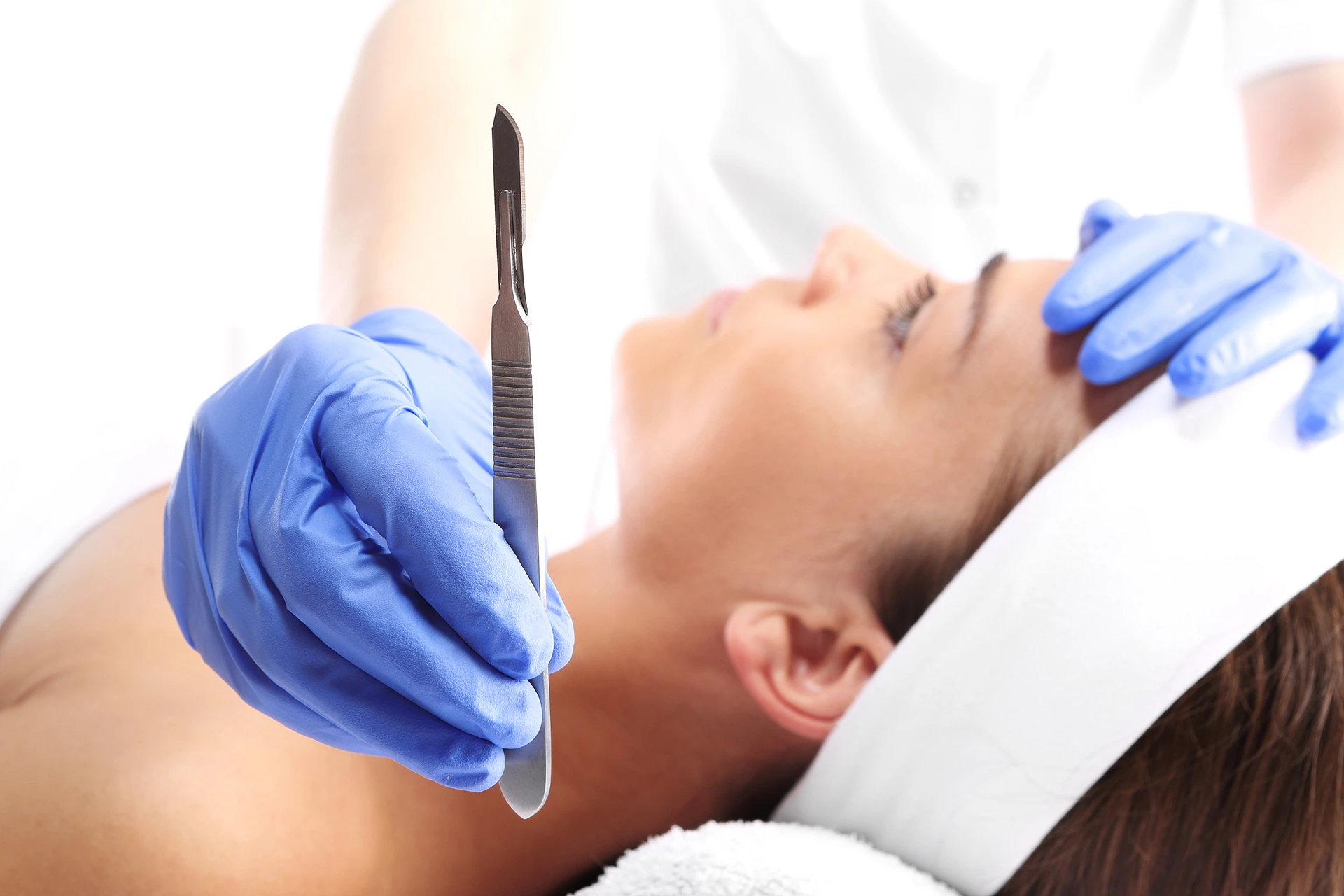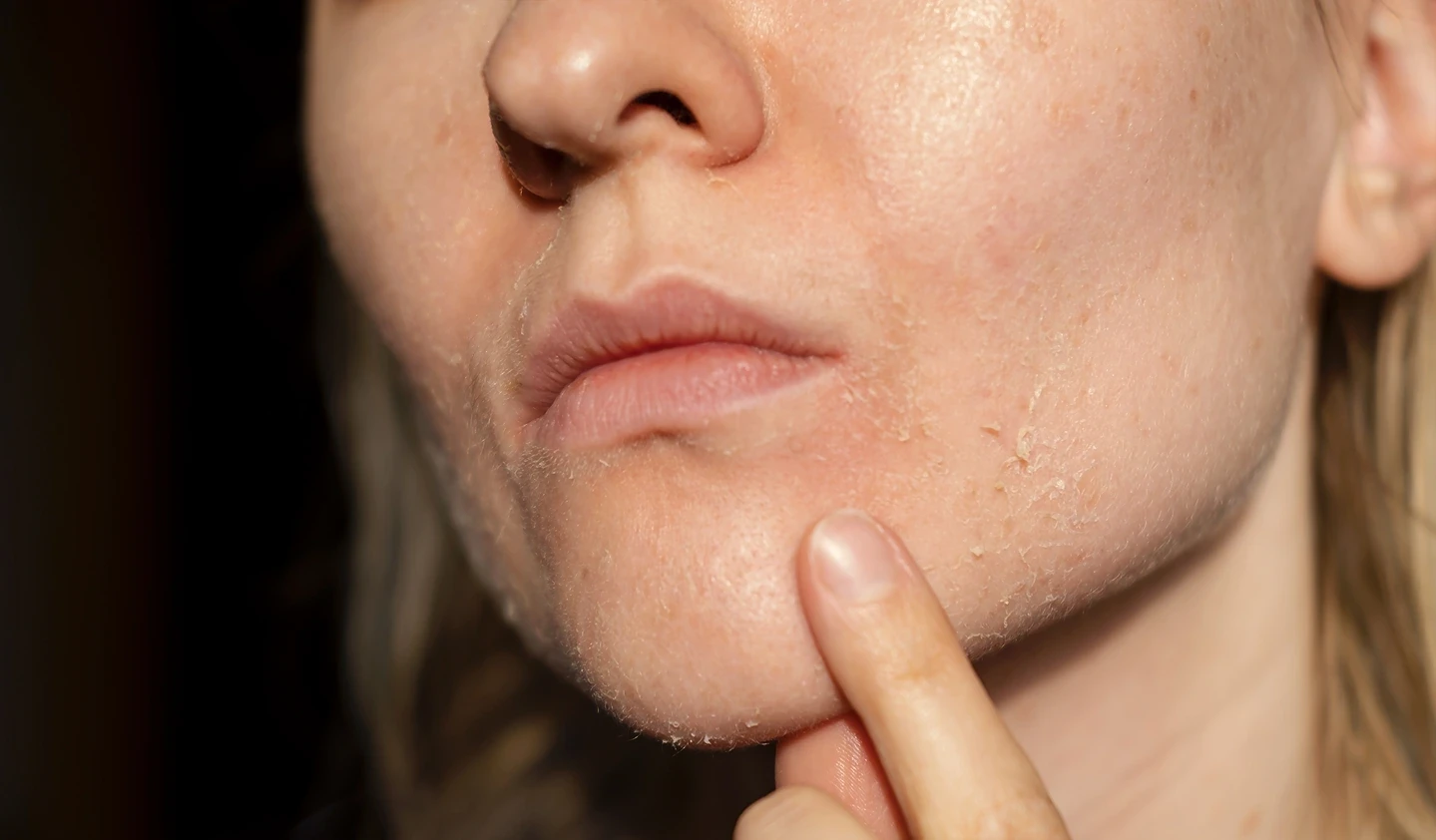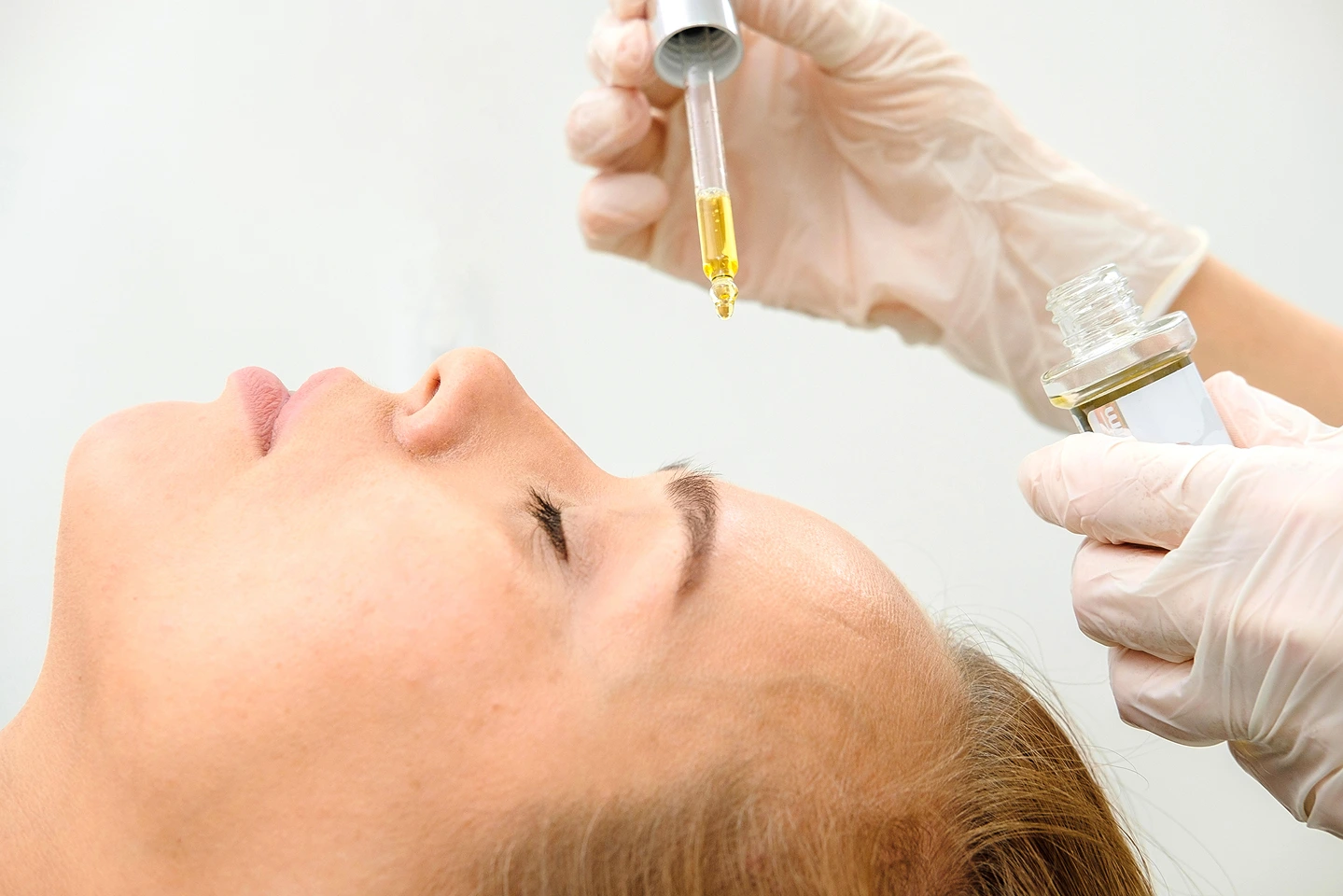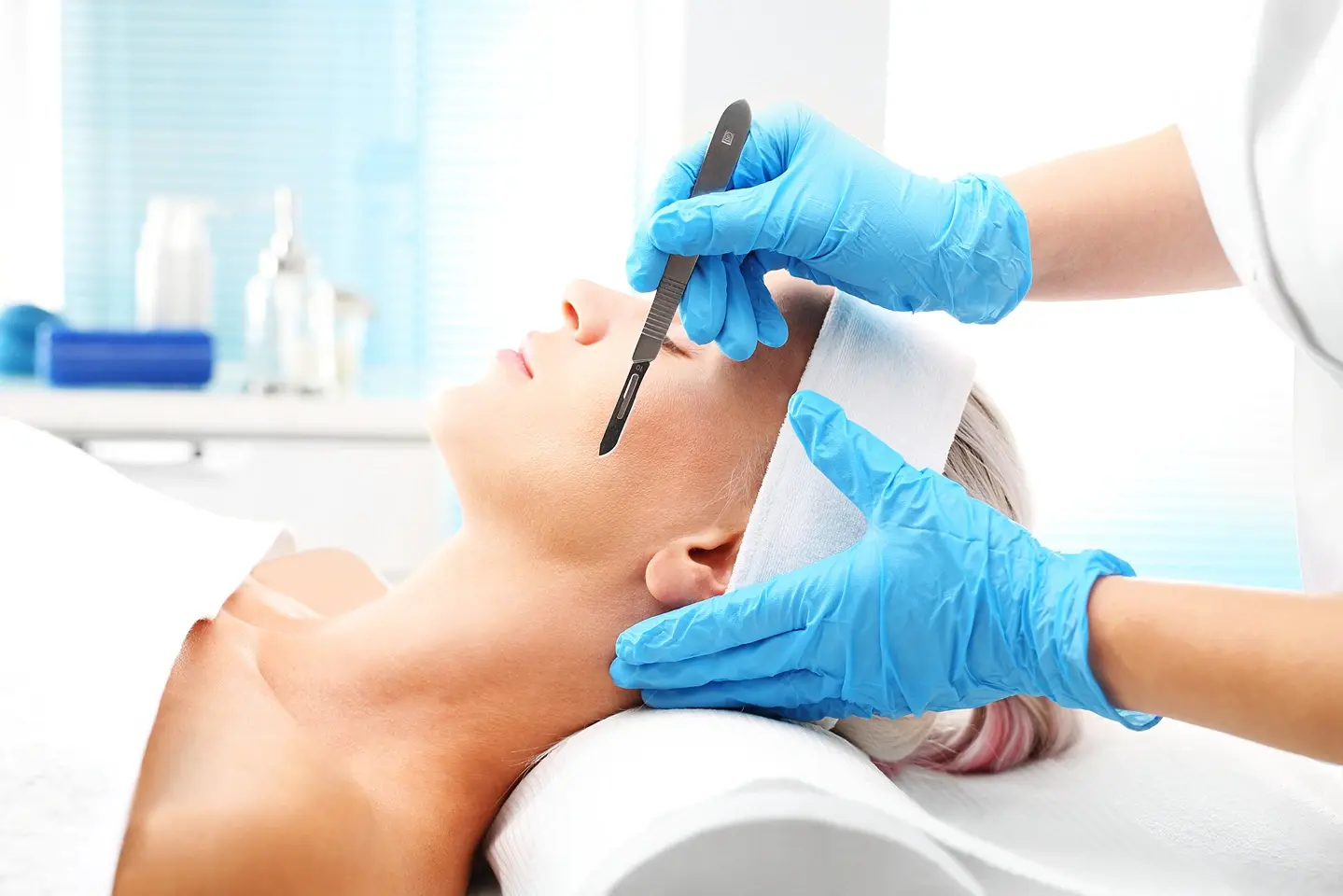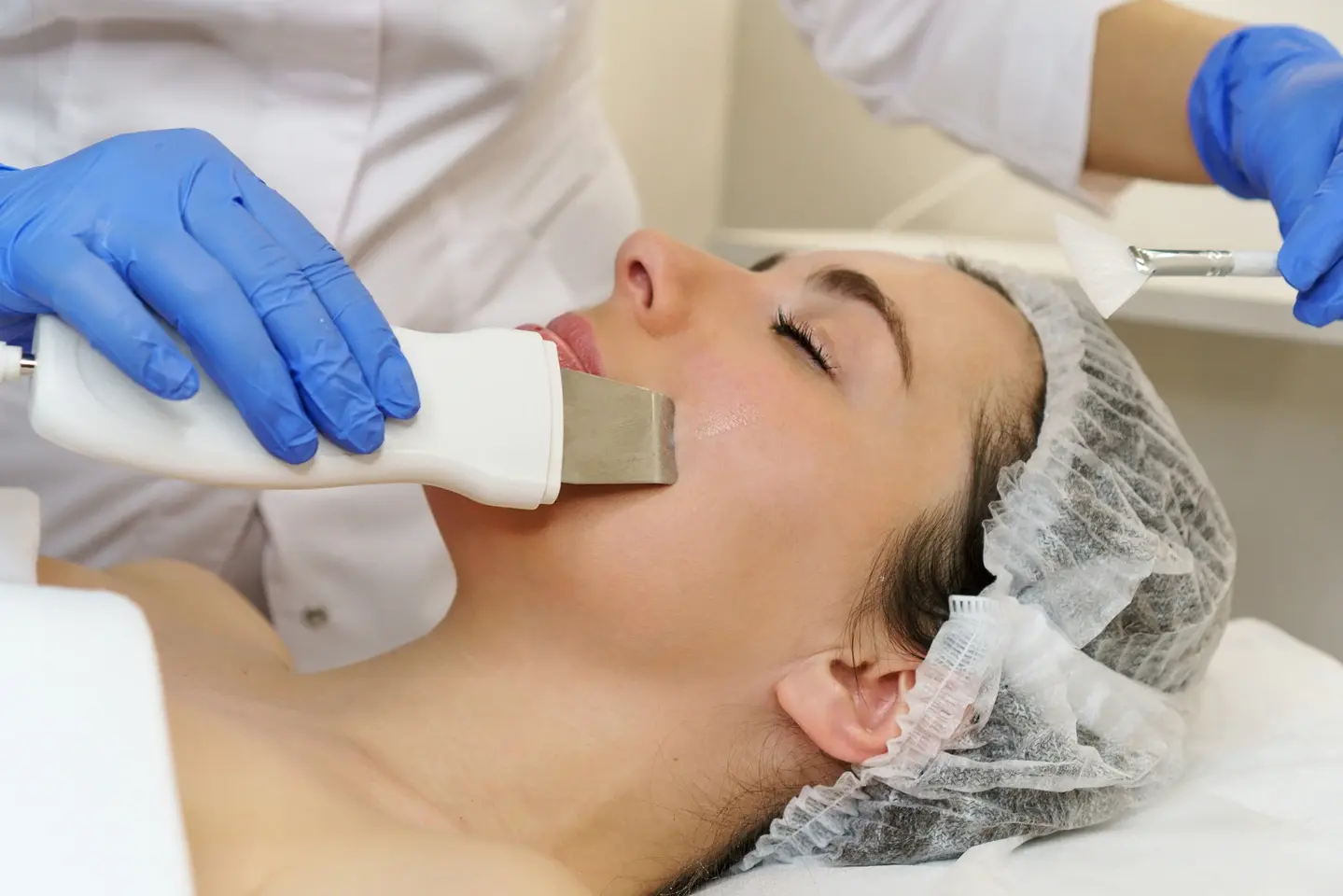Experience the Benefits of Professional-Level Exfoliation at CosMedic Laser MD
Definition of Dermaplaning Tools
Dermaplaning is an exfoliation technique that involves using a small, sterile blade to gently scrape off the top layer of dead skin cells along with vellus hair from your face.
Performing dermaplaning at home requires the proper tools to achieve effective, safe results.
Dermaplaning tools are essentially precision razors designed specifically for exfoliating the face. They feature ultra-thin, lightweight stainless steel blades that are curved and angled to contour to the shape of the face.
The ergonomic handles provide a good grip for precise control while sweeping the blade across the skin in downward strokes.
What are Dermaplaning Tools For?
The purpose of using a dermaplaning tool instead of a traditional razor is for a more gentle, controlled exfoliation of facial skin. Because the blades are so thin, delicate and flexible, they glide smoothly over the face without irritating or nicking the skin like a regular razor can.
In addition to removing dead skin and fine “peach fuzz” hairs, dermaplaning tools allow skincare products to penetrate deeper afterward for maximum benefits. The treatment sloughs off the dull surface layers to reveal smoother, brighter, more radiant skin.
Factors to Consider When Choosing the Right Dermaplaning Tool
When dermaplaning at home, the tool you choose can make a big difference in the safety, effectiveness and comfort of the treatment. Here are some considerations for ensuring you get a high-quality dermaplaning tool:
Blade Material
Stainless steel blades with a precise grind offer the smoothest exfoliation. Carbon steel blades can rust and nick the skin more easily. Avoid stainless blades plated with other metals.
Blade Width
Narrow blades under 2mm work best, with 1mm being optimal for a gentle yet thorough facial exfoliation. Wider blades are riskier and can cause skin irritation.
Handle Design
An ergonomic, non-slip handle allows for better control and precision while sweeping the blade across your face in small, downward strokes. Handles with increased weight provide more balance.
Sterilization
Only use dermaplaning tools with blades that have been autoclaved, gas sterilized or manufactured sterile to kill potential bacteria and microbes. Unsterilized blades can spread infection.
Blade Flexibility
More flexible blades contour better to the curves of the face, reducing the chance of cuts or discomfort. Stiffer blades require more pressure and manipulation.
Replacement Blades
Consider a tool with interchangeable, replaceable blades so you can use a fresh, sharp edge for each treatment. Dull blades require more pressure and yield suboptimal results.
By choosing a dermaplaning tool with the right blade material, width, handle design and sterilization, you can perform at-home exfoliation safely and effectively. A proper precision blade allows you to glide smoothly over the skin for an even, thorough sloughing of dead surface cells.
Investing in a high-quality tool upfront pays dividends in the health and glow of your facial skin over time.
Compatibility with Different Skin Types
Consider special features like variable blade lengths and widths to gently exfoliate different areas of the face. Adjustable blades accommodate sensitive or problem skin.
Other Factors:
- Ease of Use: Simple, intuitive designs are best for at-home use.
- Cleaning: Tools with removable blades are easier to sterilize between uses.
- Extras: Consider a tool with extra blades, a protective case and blade oil for optimum performance.
By evaluating a dermaplaning tool’s design, materials, safety features and compatibility with your specific skin care needs, you can find an option that provides a safe, effective exfoliation treatment at home. Choose a high-quality tool to reap the full range of benefits that dermaplaning has to offer for brighter, younger-looking skin.
How to Use a Dermaplaning Tool Safely and Effectively
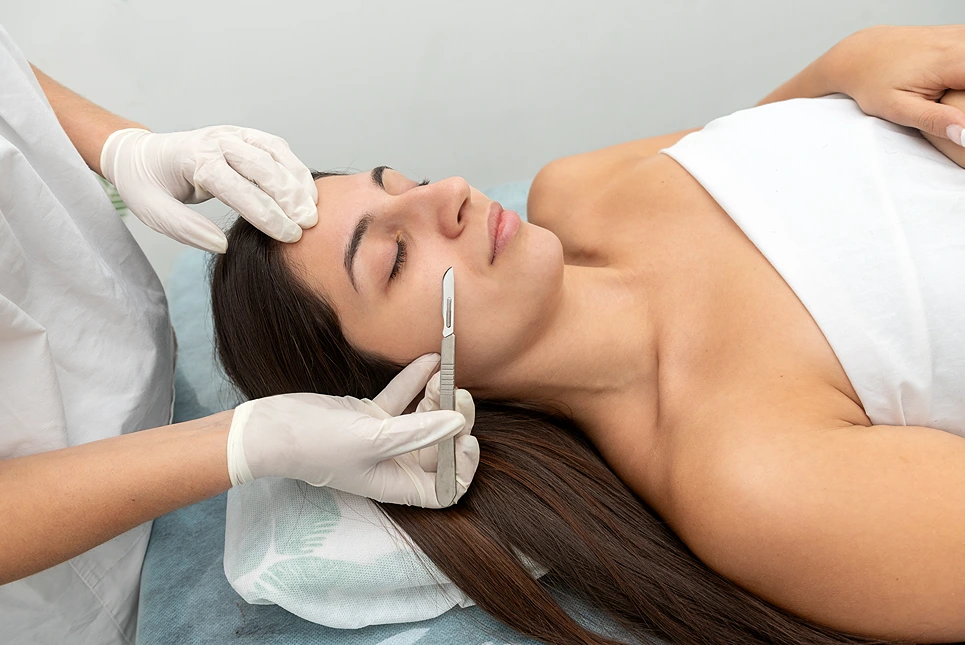
Proper preparation and technique are essential for a safe, effective dermaplaning treatment at home.
Preparing the Skin for Dermaplaning
- Cleanse and exfoliate your face to remove any oils or debris.
- Avoid retinol/acid products for at least 24 hours prior.
- Do not wear any makeup or skin treatments on the day you dermaplane.
- Use a topical anesthetic on sensitive areas if needed.
Proper Technique and Angle
- Hold the handle securely and sweep the blade downwards at a 30-45 degree angle.
- Start with the forehead and work down in sections: cheeks, nose, chin.
- Use long, smooth strokes and light pressure. Do not saw or zigzag the blade.
- Rinse and dry the blade frequently to avoid clogging.
- Avoid sensitive areas like under eyes, corners of nose and mouth.
Post-Dermaplaning Skincare Routine
- Soothe skin with a calming toner, gel or mask.
- Moisturize thoroughly to replenish hydration and protect the exfoliated surface.
- Apply sunscreen after to protect exposed skin layers.
- Use a retinol serum at night for enhanced cell turnover.
Maintenance and Cleaning of the Tool
- After each use, rinse blades under hot water and wipe with an antiseptic wipe.
- Periodically soak blades in rubbing alcohol or bleach solution to disinfect.
- Dry blades thoroughly and wipe with a thin layer of blade oil to prevent rusting.
- Replace blades regularly, at least once a month for optimal sharpness and safety.
With proper preparation, technique and post-treatment care, you can safely and effectively use a dermaplaning tool at home to reap the benefits of thoroughly exfoliated, brighter facial skin. Following these guidelines will help minimize risks and maximize results.
Frequently Asked Questions (FAQs) about Dermaplaning Tools
How Often Should I Use a Dermaplaning Tool?
Most people dermaplane every 2-4 weeks for maintenance. You can do it more often for special occasions or if you have very thick vellus hair. Replace or sterilize blades after each use.
How can dermaplaning tools help improve the appearance of acne scars?
Dermaplaning tools like facial razors can help to exfoliate the skin and promote cell turnover, which can help to fade the appearance of acne scars over time. However, it’s important to use these tools with caution if you have active acne, as they can exacerbate inflammation and irritation.
Can dermaplaning tools be used on dry skin?
Yes, dermaplaning tools can be effective for dry skin, as they help to exfoliate and remove dead skin cells, allowing moisturizers and serums to better penetrate the skin. However, it’s important to use gentle pressure and avoid over-exfoliating, as this can lead to further dryness and irritation.
How do dermaplaning tools help to achieve smoother, softer skin?
Dermaplaning tools like facial razors and eyebrow razors work by gently removing dead skin cells and peach fuzz from the surface of the skin, revealing smoother, softer skin underneath. By exfoliating the skin and promoting cell turnover, these tools can help to improve skin texture and overall radiance.
Are dermaplaning tools safe to use on sensitive skin?
It depends on the individual and their level of sensitivity. While dermaplaning tools can be effective for all skin types, those with sensitive skin should use caution and start with a gentle approach. It’s important to use a clean, sharp blade and avoid applying too much pressure, as this can cause irritation and redness.
Can dermaplaning tools help to improve the appearance of unwanted hair on the face?
Yes, dermaplaning tools like eyebrow razors can be effective at removing unwanted hair from the face. By gently shaving away peach fuzz and other fine hairs, these tools can leave the skin looking smoother and more even. However, it’s important to use caution and avoid using these tools on thicker, coarser hair, as they may not be effective and can cause irritation.
Recap: The Benefits of Using a Dermaplaning Tool At Home
We’ve discussed the many potential benefits of using a dermaplaning tool for at-home facial exfoliation:
- Thoroughly removing dead skin cells for a fresh, smooth complexion
- Allowing skincare products to penetrate deeper and work more effectively
- Revealing brighter, more radiant skin by lifting away accumulated surface debris
- Smoothing fine lines and wrinkles over time by renewing skin at the surface
- Gently removing facial vellus hair for a hair-free appearance
When using a high-quality dermaplaning tool with a narrow, sharp blade and following proper technique, you can safely achieve these benefits to boost the health and glow of your facial skin.
Recommendations for Choosing the Right Dermaplaning Tool
Look for a tool made with surgical-grade stainless steel, an ergonomic handle, sterilized blade and safety features to minimize risks. Interchangeable blades allow you to switch to a fresh edge regularly for optimal results.
Consider visiting a professional aesthetician for a prescription-strength dermaplaning treatment to achieve deeper exfoliation in a controlled setting.
Visit CosMedic LaserMD
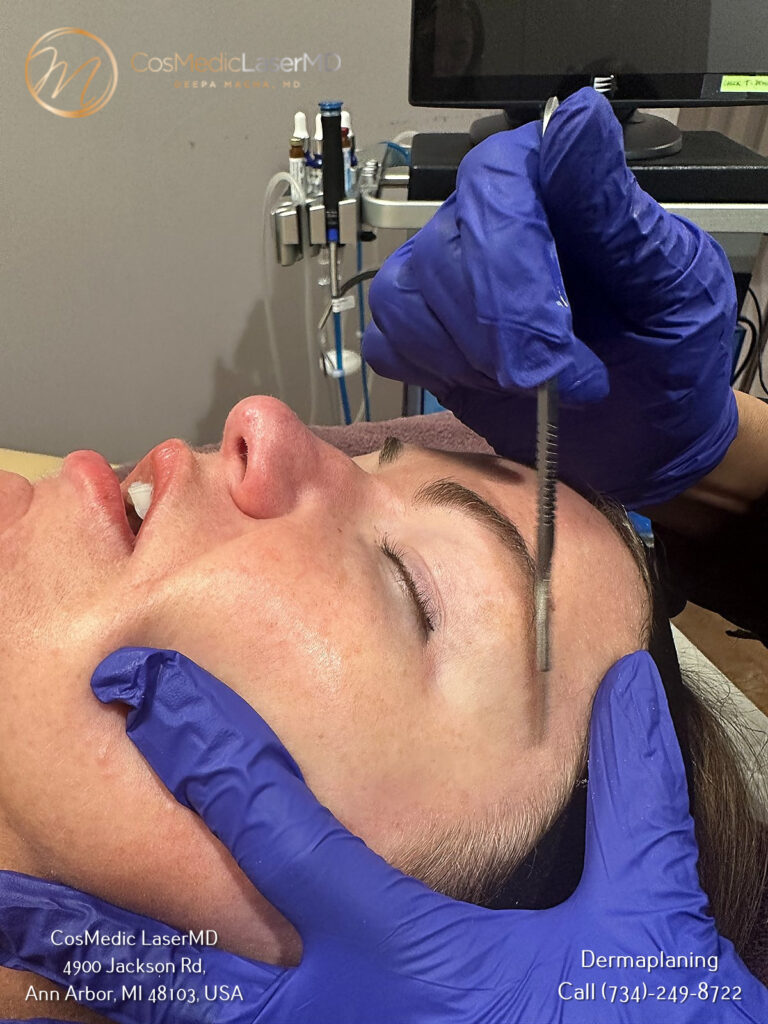
For the ultimate in safe, professional dermaplaning, consider booking a treatment with CosMedic LaserMD. Our expert aestheticians use medical-grade tools and precision techniques and can cater treatments to all skin types – including sensitive skin. Book your complimentary consultation today!

